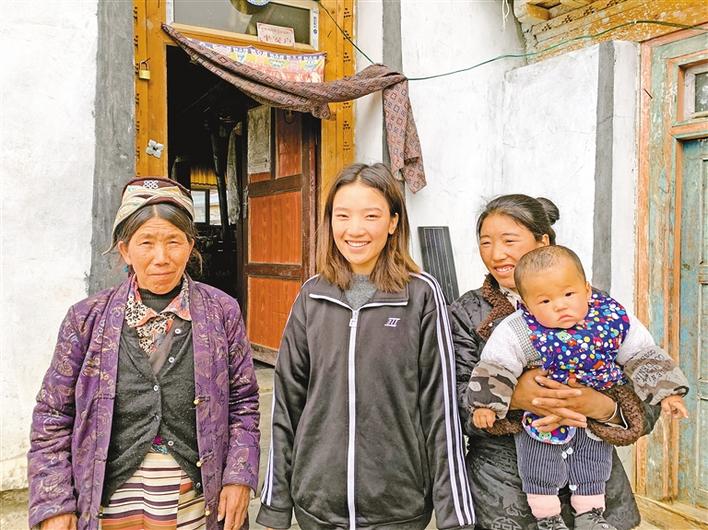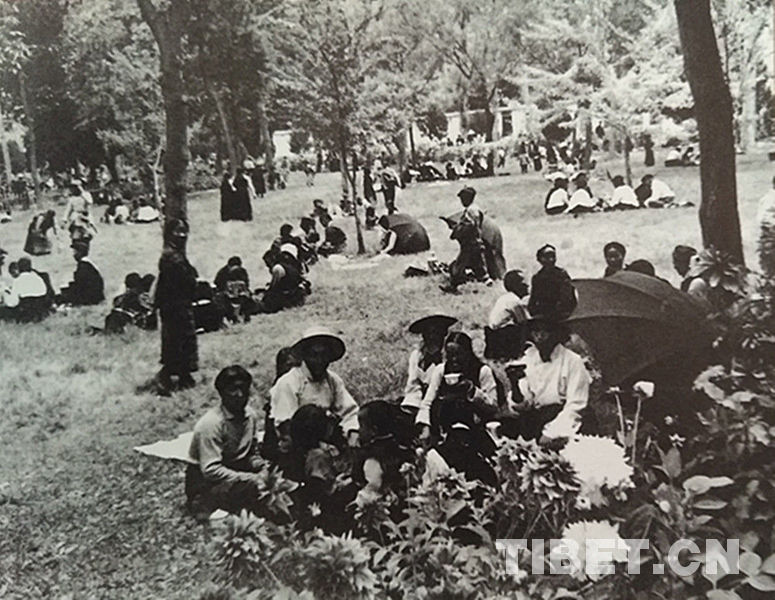Love season begins for Tibetan antelope in Hoh Xil

The deep winter season is the love season for Tibetan antelopes in Hoh Xil in Qinghai province, which is a well-known world natural heritage site.
As a national first-class protected animal, Tibetan antelope mainly inhabit the three national nature reserves in western China: Sanjiangyuan in Qinghai, Changtang in Tibet, and Altun Mountain in Xinjiang.
Tibetan antelopes mate in December every year and give birth from the end of June to early July the following year. The gestation period is about 200 days. Every year in May, tens of thousands of Tibetan antelopes from Changtang, Altun Mountain, Sanjiangyuan, and the Hoh Xil Nature Reserve will travel to Zhuonai Lake in the hinterland of Hoh Xil, 4,800 meters above sea level, to give birth. In August, mother Tibetan antelopes bring their young to return to their habitats.
Before the rams and ewes mate every winter, they must first gather together. The courtship field is generally an open place. Grasslands, with abundant water and grass, such as Chumar River, Zhuonai Lake, and Sun Lake, are good places for antelopes to “fall in love”.
According to official data, Hoh Xil in Qinghai Province, which had previously attracted world’s attention due to the frequent occurrence of Tibetan antelope poaching, has achieved “zero occurrences” of poaching cases for 10 consecutive years, thanks to increased protection. The Tibetan antelope population has steadily recovered, increasing from less than 20,000 to more than 70,000.
Tibet Stories

Happy life of Tsering Yuzhen’s family
Every time it rained, the house leaked. In 2016, the government helped us renovate and expan...
Editor’s Choice
- Scientists discover dinosaur footprints in Tibet
- Movie My Himalaya wins Golden Rooster Award
- Listen! Tibetan people are shooting whistling arrows
- Across China: Tourism whips up blissful life for Tibetan herders
- Building Qinghai-Tibet Plateau a national and international highland in ecological progress

